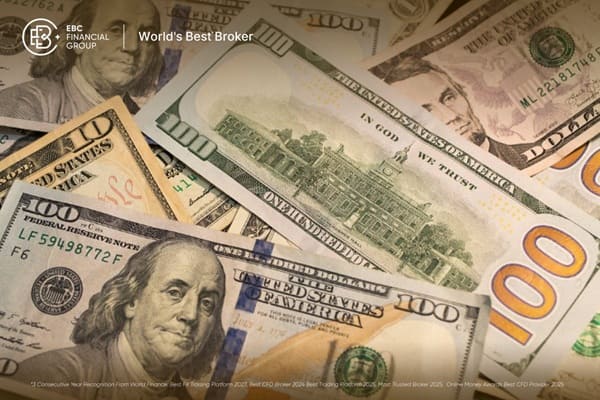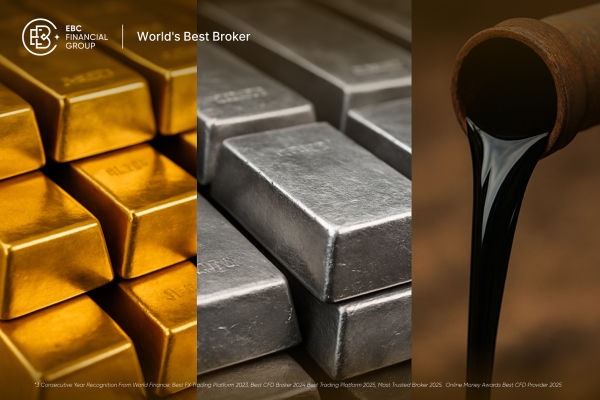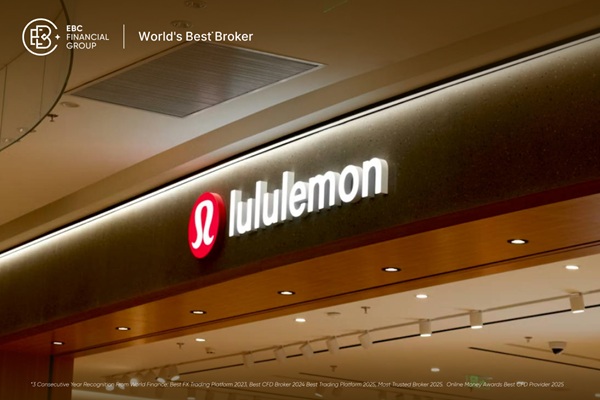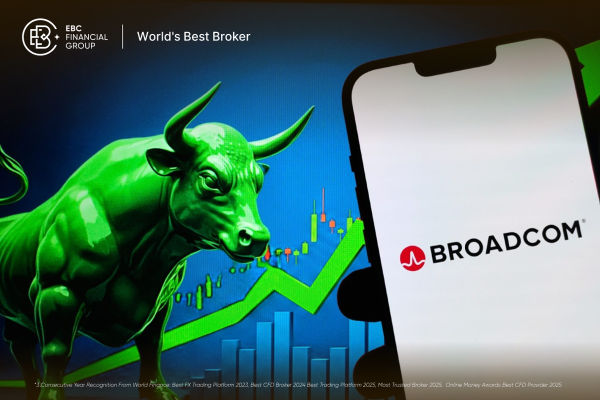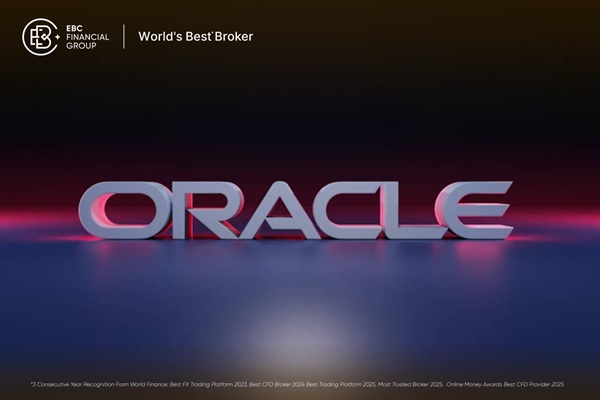In the investment world, one thing to keep in mind when trying to choose a product to invest in is to avoid emotional and cognitive biases. It is important to realize that the human brain tends to build narratives around everything when trying to make sense of the world, but not to hide the numbers. If negative returns are generated, the strategy should change. Similarly, if it feels like you're doing well but the numbers don't reflect it, then you may be a victim of bias. How do you measure the performance of investments? How do you compare the performance of multiple investments? This is where ROI calculations come in handy.
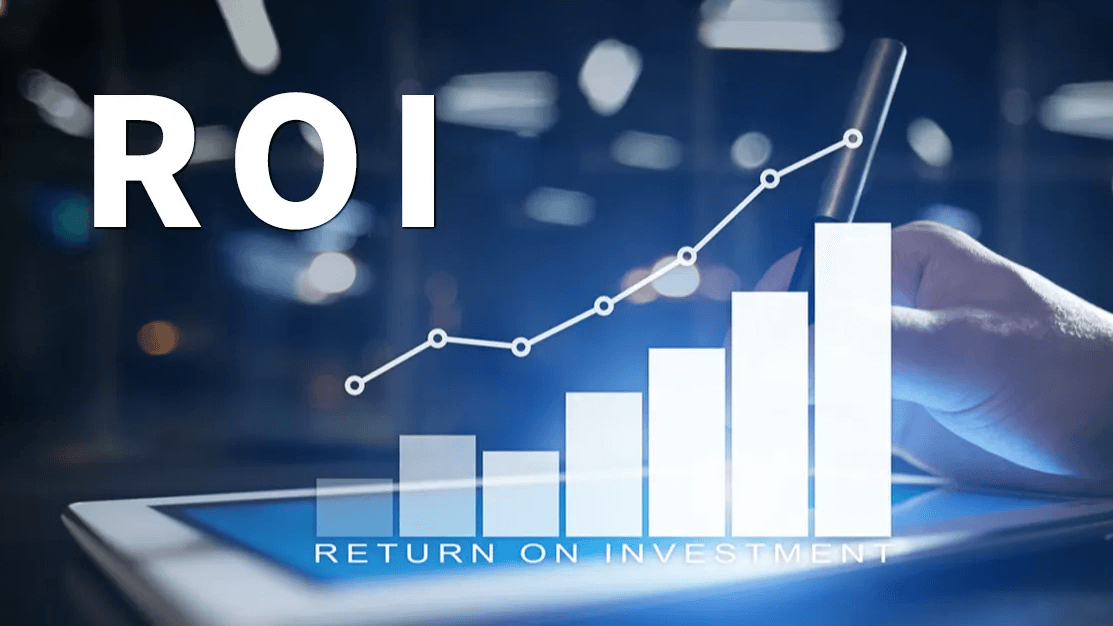 What is the ROI indicator?
What is the ROI indicator?
ROI is what is called return on investment in English, and the Chinese translation is return on investment. Simply put, it is the investment out of the amount of income that can be brought. The formula is profit divided by the money invested and multiplied by 100.
Let's say in the last year, you run this e-commerce business and intend to disk out that the profit is $50.000 and the investment of funds is $25 million. The next calculation would be 5 divided by 25 multiplied by 100. That's a 20% return.
To add to this, not every company uses a year's profit for their calculations. Some companies have projects that are as short as 3 to 6 months to calculate, so when we are going to plan, remember that the profit part is the total profit over the period of our investment.
ROI is an important metric for businesses because it helps to evaluate the effectiveness of different investments and make more informed decisions about where to allocate resources. By comparing the ROI of different projects or investments, a business can prioritize those that are likely to generate the greatest returns and avoid those that are unlikely to be profitable.
In addition to assessing the profitability of individual investments, it can also be used to assess the overall performance of a business. By calculating ROI for the entire business, companies can determine if the resources they are investing in the company are generating an adequate return.
While ROI is a useful metric, it is important to recognize that it has some limitations.
For example, ROI does not take into account the time value of money, which means that an investment that generates a return over a longer period of time may seem less profitable when evaluated using ROI. In addition, ROI does not take into account the risks associated with different investments. This means that investments that take on more risk may seem more profitable than they actually are.
Despite these limitations, ROI remains an important metric for businesses of all sizes. by carefully evaluating the potential ROI of different investments and tracking the actual ROI over time. Businesses can make more informed decisions about where to allocate resources and maximize profitability.
Meaning of roi indicator
| Meaning |
Description |
| Return on Investment (ROI) |
A measure of return on investment or expenditure, expressed as a percentage. |
| Calculation Method |
ROI = (Net Return on Investment - Cost of Investment) / Cost of Investment |
| Usage |
Compare potential rates of return on different investments. |
How to calculate ROI metrics
To calculate roi, it's important to first figure out the cost of the investment and the net return received. Simply put, the cost of investment is the money spent to make the investment, while the net return earned is the income or profit generated from the investment minus the expenses associated with the investment.
The formula is: ROI = (net return on investment minus cost of investment) / cost of investment. The "net return on investment" is the profit, income, value added, or cost savings generated by the investment minus the costs associated with the investment. The "cost of investment" includes the direct amount invested as well as other costs associated with the investment, such as operating costs, maintenance costs, and marketing costs.
For example, if you invested $1.000 and the net return after one year is $300. then you can calculate the ROI like this: (300-1000)/1000 = -0.7. This translates into a percentage of -70%, which means that you lost 70% of your investment.
Is it better to have a larger or smaller ROI indicator?
ROI is a financial indicator that measures the benefits and returns of an investment or expenditure, usually expressed as a percentage. It reflects the rate of return generated by an investment relative to its cost.
Generally speaking, of course, the bigger the roi, the better, as it indicates that you are getting a higher return on your investment relative to its cost! Every company has a different metric. Some owners feel that an ROI of 20% is enough; others think that having an ROI of 100% means losing money. Because his original expected ROI should be 300%. So exactly how much is considered large depends on the investment objectives and specific circumstances.
Generally speaking, investors want to see a positive ROI, that is to say, they want to make more money than the principal amount invested. A positive ROI indicates that the investment is starting to make money. A high ROI, on the other hand, means that the return on investment is high, but it also means that there may be a relatively high risk involved.
If the ROI is zero, it means that the investment is not losing money. This is usually because the investment is in a project with very low risk. Whereas if the ROI is negative, it means that the investment lost money and didn't make back the money invested. It may be time to rethink the investment decision.
The normal value of ROI can change for various reasons. When considering ROI, you need to take into account investment objectives and risk tolerance. And don't just be happy with a high ROI; also see the high risks that can come with a high ROI. So, when deciding to invest, it is important to consider the overall financial and strategic goals and determine a reasonable ROI.
How much ROI indicator is normal
| Industries |
Average ROI Range |
Recommended ROI level |
| Retail |
3%-5% |
3% or more is recommended. |
| Manufacturing |
5%-10 |
Recommended 5% or more. |
| Food & Beverage |
10%-15 |
Suggest 10% or more. |
| Technology Industry |
10%-30 |
Suggest 10% or more. |
| Media and Advertising |
15%-40 |
Suggest 15% or more. |
| Energy and Utilities Industry |
5%-15 |
Recommended 5% or more. |
| Other industries (as appropriate) |
ROI varies by industry |
Recommended based on industry standards. |
Is the ROI indicator an input-output ratio?
Actually, no. ROI (return on investment) is a financial indicator used to measure the benefits and returns of an investment or expenditure, usually expressed as a percentage. This metric reflects how much return an investment can generate relative to its cost. Simply put, it is how much money an investment earns and what the rate of return is compared to the cost of the investment.
The input-output ratio, on the other hand, is used to measure the relationship between inputs and outputs and can be interpreted as how much money is spent on inputs and how much can be produced out of them. For example, if you spend 100 dollars on a cup of coffee, how much value can this cup of coffee bring, such as refreshment, happiness, clarity of thought, etc.? This is the concept of input-output ratio.
While both are tools for assessing benefits and returns, they are calculated differently and have different meanings. Roi measures the profitability of an investment, while the input-output ratio measures the efficiency of a resource.
roi index system
| Indicators |
Meaning |
Calculation method |
| ROI |
Return on investment or expenditure |
(Net Income - Cost) / Cost |
| Net Return on Investment |
Revenue less related costs |
Total Revenue - Related Costs |
| Cost of Investment |
Cost of investments or expenditures |
Investments + costs |
Disclaimer: This material is for general information purposes only and is not intended as (and should not be considered to be) financial, investment, or other advice on which reliance should be placed. No opinion given in the material constitutes a recommendation by EBC or the author that any particular investment, security, transaction, or investment strategy is suitable for any specific person.
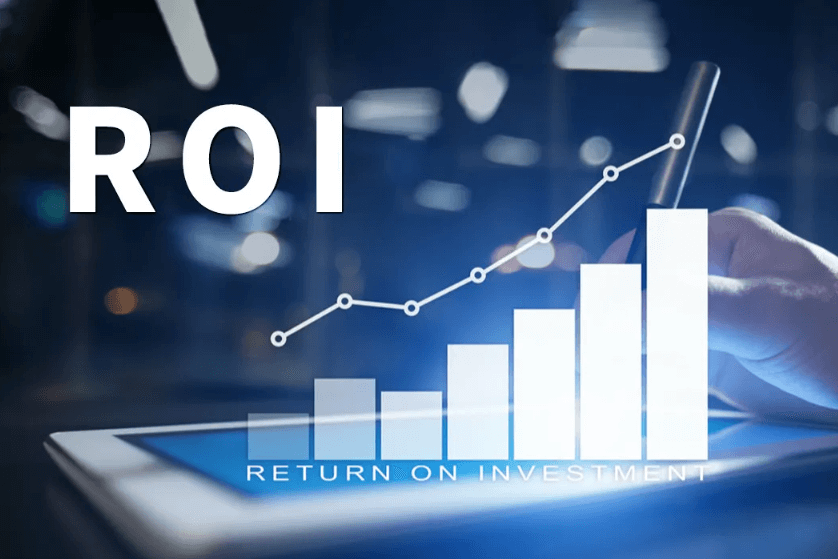


 What is the ROI indicator?
What is the ROI indicator?









